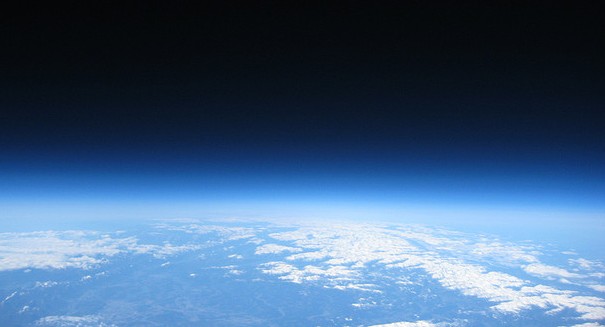
If the astronauts aboard the Apollo 13 had been equipped with 3-D printing, the famous "Houston, we have a problem" line may never have been uttered.
Astronauts who forgot to pack a screwdriver before leaving the planet may no longer have to worry. NASA is preparing to launch a 3-D printer into space which would be able to function as a “flying factory of infinite designs,” according to an article in the Associated Press. 3-D printers work by constructing layers upon layers of plastic in order to replicate complicated designs.
3-D printing represents a major untapped potential for NASA, which often has to meticulously plan precisely which tools and other gear astronauts will take with them into space. If next year’s 3-D printer test is a positive one, NASA astronauts could begin leaving excessive stocks of instruments and other tools behind when they head off to the International Space Station, stocking up instead on the spools of plastic that 3-D printers use to create duplicate objects.
Currently, NASA is trying to use 3-D printing for the creation of small satellites, replacement parts, and rocket components, all of which are being manufactured to withstand extreme temperatures in either direction. NASA consultant Andrew Filo is especially fond of the 3-D printing concept, as it removes “concepts like rationing, scarce, or irreplaceable.”
3-D printers are becoming popular everywhere, from massive office buildings and manufacturing businesses to crowdfunding experiments. However, the technology is still not terribly widespread because 3-D printers are generally extremely expensive. A recent Kickstarter campaign exceeded its funding goal by claiming that it could offer a compact, on-the-go 3-D printer for just $400, and other innovators will certainly seek to jump on board with the technology as it becomes more viable for the average consumer base.
NASA’s 3-D printer, of course, was not the kind that you could expect to find in Staples. The governmental space agency looked around at existing 3-D printer models for its upcoming experiment, but ended up hiring a independent start-up company called Made in Space to design something specifically optimized to work in space.
According to the Associated Press article, 3-D printing could truly mean the difference between life and death in a case involving unscheduled maintenance in space. Made in Space and NASA even designed a test for their new 3-D printer using the catastrophic carbon dioxide filter breakdown on the 1970 Apollo 13 mission as a template. The result? Quite simply, if the astronauts aboard the Apollo 13 had been equipped with 3-D printing, the famous “Houston, we have a problem” line may never have been uttered.
Leave a Reply